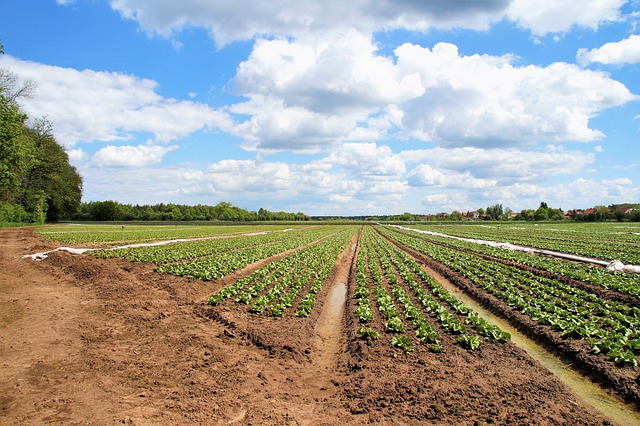Soil Improvement Additives —What are They? Different Types & How to Use Them!
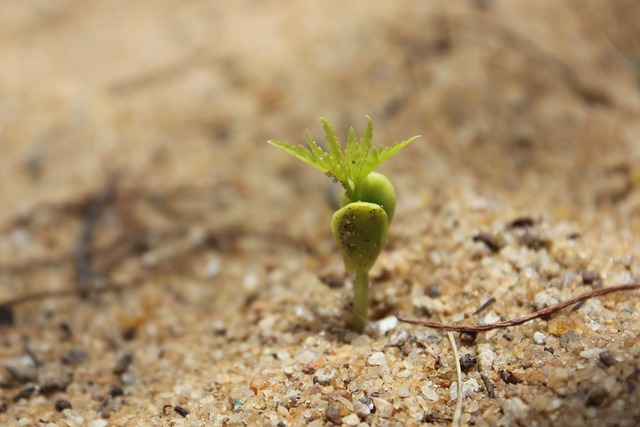
To improve the physical properties, such as water retention, water permeability, infiltration, and drainage, soil amendments can be added. The objective is to improve the root environment. Indeed, crop production necessitates maintaining and/or improving soil structure.
Are you looking for ways to improve the condition of your soil? Do you want to know what soil improvement additives are available and which ones are the best for your needs? In this article, we’ll discuss if soil additives improve the soil and how to use them. We’ll also provide the difference between organic and inorganic additives. So read on and learn everything you need to know about soil improvement additives!
Table of Contents
Do Additives Help the Soil?
A plant’s home is in the soil it grows in. It’s where they live, eat, breathe, fight disease, and find their place. Soil is the most critical component of your gardening and plants’ health.
This fascinating mixture of mineral and organic matter, air, and water is found in the earth’s soil. It’s made up of minerals and organics dissolved in water from rocks that have been decomposed. Solid mineral and organic particles are separated by spaces that allow air and water to flow between them.
Minerals are essential to the soil’s structure and supply of nutrients. In addition to providing nutrients, organic matter affects how well plants can utilize the other three basic components of minerals, water, and air.
Enhancing Your Soil
The best thing we can do for our lawns and gardens is to improve our soil, which the majority of us can do. Aside from the occasional rock or weed, removing anything from your soil is nearly impossible. Adding the right ingredients to your soil will help it improve.
Soil improvement can be made in the following areas: the nutrient content and ph of the soil.
pH Values define the Chemistry of Your Soil
Phosphorus (pH) measures soil acidity, ranging from 1 to 14, with 1 indicating the most acidic soil and 14 the most alkaline (or basic). Soil with a pH of 7 or higher is considered neutral. Soil acidity and alkalinity directly impact the health of soil microbes and the ability of plants’ roots to absorb nutrients.
Garden soils gradually become more acidic due to the decay of organic matter. Because minerals are more easily soluble and thus readily available to plants at pH levels of around 6.5, many garden plants can thrive in slightly acidic soils.
A soil test may indicate that you need to adjust the pH of your soil, and the best soil additives are pelletized lime or sulfur to make the soil acidic and alkaline. The pH of your soil can be altered by reading Understanding and Improving Your Soil.
Soil Texture – Your Soil’s Particle Size
The two extremes of poor soil texture are heavy clay soils, which are composed of extremely small particles that adhere to one another and obstruct water, air, and nutrient circulation, and sandy soils, which contain extremely large particles that do not retain enough moisture and nutrients for most garden plants.
Add sand and compost to improve heavy clay soils. Sand enhances circulation, while compost provides nutrition and improves the texture. Additional information on composting can be found in the article on composting.
Compost is the single most effective soil additive for improving sandy soils, as it significantly improves texture while also providing nutrition and disease-prevention properties to the soil.
When incorporating sand, compost, or both, it is necessary to till the soil to aid in the mixing of the components. This is where the Mantis Tiller truly shines. For most garden applications, till the soil to a depth of 8 to 12 inches.
When adding compost or sand to established lawns, sift the compost to remove any large particles and use the Mantis Aerator attachment to aid the sand and compost in their incorporation into the soil. (Note that the Aerator attachment should be used only if your established lawn contains “northern” grasses. Do not use the aerator attachment on established Bermuda or Zoysia grass lawns.)
Aerating and dethatching are two excellent ways to ensure that the grass plants that comprise your lawn have the best possible environment to utilize available water and nutrients.
Soil Nutrition – Plant Food for Your Soil
The best additive for garden soils is finished compost, which provides a diverse range of nutrients, improves the soil’s texture, and contains disease-fighting amendments. When adding significant amounts of compost, use your Mantis tiller to incorporate the compost into the garden soil.
The best additive for improved lawn soil nutrition is sifted compost or a well-balanced organic fertilizer. Chemical fertilizers can supplement nutrition, but caution should be exercised to avoid adding too much nitrogen, and apply chemical fertilizers evenly to avoid “striping” the lawn.
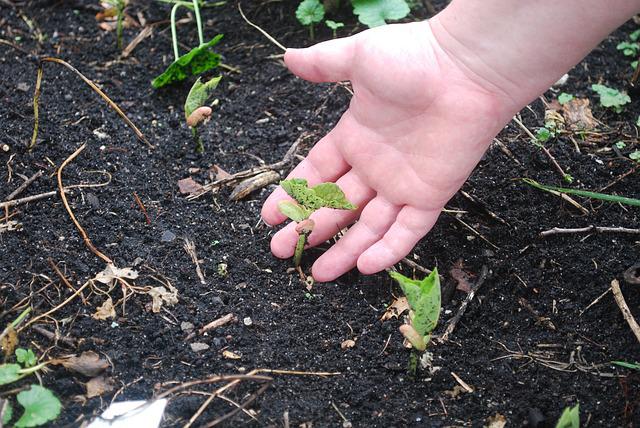
Factors to Think About When Choosing an Amendment
Choosing a soil amendment involves at least four considerations:
- in terms of how long it will remain in the soil
- a description of the surface characteristics of the soil,
- plant sensitivity to salts and soil salinity
- salt and pH levels of the amendment.
Organic amendments’ salt, pH, and organic matter can all be determined in the lab. Finally, it can be determined the quality of large-scale landscape organic amendments.
Traditional vs. Nontraditional Additives
Crop residues, livestock manure, and sewage sludge are traditional additives. Composted organic materials, mined mineral deposits, mined humates or humic acids, and various inorganic solids are examples of nontraditional soil conditioners.
Organic Soil Additives
It makes the soil more fertile, water retention, and drainage-permeability. It is also used to improve soil structure and air circulation. Roots can penetrate the soil and access the air and water they need when the soil has better properties. They come from plants or animals and are used to improve the soil. They are made by humans or mined. Lime, vermiculite, perlite, pea gravel, and sand are inorganic additives that can be used.
Organic Garden Soil Amendments
Ashes
Your garden soil can benefit from the ashes leftover from your fireplace or fire pit if you’re using real, untreated wood. When it comes to gardening, ashes are generally a good addition to the soil, but it all depends on the source of the ashes. You should avoid using charcoal ashes in your garden because the charcoal is usually treated with chemicals and lighter fluid harmful to your soil.
When you burn organic materials like wood and leaves, the ash they produce contains potassium, which is essential for the growth of plants. Pests can be deterred from some crops by applying ashes to the soil’s surface.
Ashes can be used to improve your garden soil by simply sprinkling them on top and raking them to a depth of 4 inches. Ensure that the ashes are completely dry before use, as the potassium will quickly be washed away.
It’s important to check your soil’s pH before adding a large amount of ash to your garden because doing so on a large scale can raise the pH too high. If your soil already has a pH of 6.8 or higher, you should avoid amending your garden soil with too much ash because most vegetables prefer a pH between 6 and 7.
Bicharcoal
It is possible to make biochar by burning organic materials such as wood, straw, or leaves. Our backyard grills don’t use this type of charcoal. Wood, bone, and manure are among the organic materials that can be burned at low temperatures to produce biochar.
Since ancient times, it has been used in vegetable gardens as a soil amendment because of its numerous advantages. Reduces irrigation and fertilizer use by enhancing the soil’s ability to retain nutrients and water.
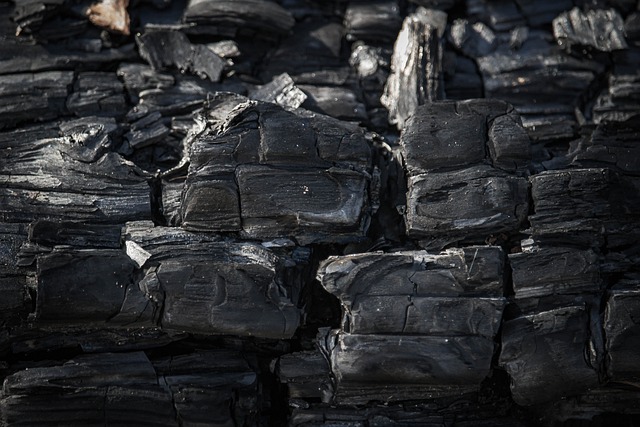
Meat and Blood Meal
Even if they sound horrifying, bone and blood meals make excellent fertilizers for vegetable gardens. Animal bones are ground into a fine powder and used as a source of protein for livestock feed (how to make your own). The minerals found in bones, such as calcium, magnesium, and phosphorous, are slowly released into the soil when using bone meal in your vegetable garden.
Blood meal, made from dried and powdered animal blood, is also a great source of nitrogen for your garden. Use blood meal with caution around young plants that are not nitrogen-deficient because too much nitrogen can burn your plants. In the vegetable garden, bone and blood meal can be used as fertilizer. Up to 10 pounds of bone meal per 100 square feet of a garden can be applied. The bag’s directions call for adding 1/4-1/2 cup of blood meal to the soil around nitrogen-deficient plants. Consider keeping bone and blood meals out of the reach of your pets, as they can be harmful if consumed.
Greensand
Mineral-rich marine sediment known as greensand can be found throughout oceans. Glauconite is a name given to what appears to be green sand.
Greensand is a fertilizer that releases slowly into the soil, making it ideal for vegetable gardens with clay soil. Even though clay is naturally good at retaining nutrients and minerals in the soil, it does not drain well.
As a result, sand could help clay drain better and makes sense. Adding sand to clay soil, on the other hand, must be done with caution. It has the potential to transform clay soil into a concrete-like substance if used incorrectly.
Seaweed
You can add seaweed to your soil to improve texture, water retention, and aeration by harvesting it from the beach, composting it, or purchasing it dried and ground (sold as “kelp meal”).
To encourage the growth of beneficial microbes, seaweed can deter pests and pets from bothering your plants when used as a mulch.
Inorganic Additives
Inorganic soil amendments are made from either mined or man-made substances. Organic materials such as manure and compost are examples of inorganic fertilizers. It is possible to improve the texture or pH of your soil by using inorganic materials, but they do not break down and add nutrients like organic materials, which do.
Vermiculite
To garden with vermiculite, you can either use it in potting soil or buy it separately in four different sizes. The smallest vermiculite size can be used as a growing medium, while the largest vermiculite size can improve soil aeration.
Water and nutrients are better retained, and aeration is improved in the soil when vermiculite is used in the garden or potting soil. Potting soils may also contain perlite, but vermiculite is far more effective at retaining moisture. Water-loving plants prefer vermiculite, which is less aerating than perlite.
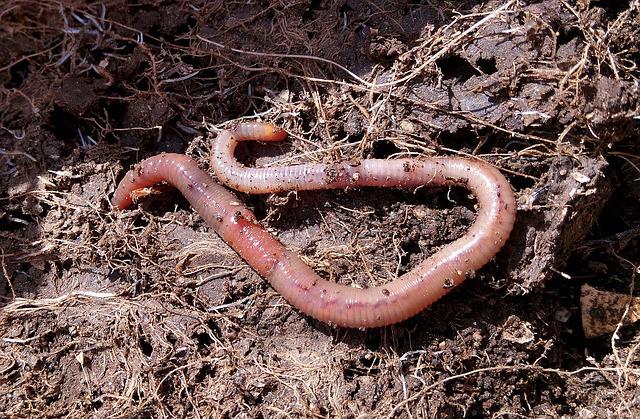
Perlite
Perlite is added to improve aeration and modify the substructure of soil mixes (including soilless mediums). Perlite helps to maintain loose, well-draining soils that resist compaction. To grow plants in containers, use a premium mix of loam, peat moss, and perlite.
Growing cuttings in perlite also result in significantly stronger root formation than growing cuttings in water alone. Make a Ziploc bag out of moistened perlite and place your cuttings in it until it is about one-third full. Toss the cut ends of the cuttings into the perlite, filling it halfway with air before securing it with a zip-top bag. In indirect sunlight, place the air-filled bag and check it every two or three weeks to see if any roots have formed. The roots should be 12 to 1 inch (1-2.5 cm) long when planting the cuttings.
In addition to masonry construction, perlite is used in cement and gypsum plasters and loose-fill insulation. It is used in pharmaceuticals and municipal swimming pool water filtration.
Pea Gravel
It’s also known as pea shingle and is made up of small stones weathered into a smooth surface. Pea-sized river rocks have been eroded by water over time to form these naturally occurring pebbles, which have a distinctive texture. 3/8-inch or smaller pea gravel is an excellent soil amendment that helps keep the soil well-drained for many years.
Sand
Soils made up of sand differ greatly from those composed of clay. Plant nutrients are less likely to be retained in sandy soils. Increase the nutrient holding capacity by amending this soil type. As a result of incorporating the compost, plant nutrients will be held in more stable locations. Sandy soils still have the potential to leach large amounts of nutrients, so caution should be exercised. Nutrient loss can be minimized by applying fertilizer in small, frequent doses.
Gypsum
It is also possible to improve soil structure with Gypsum. Soil is often viewed as a static, boring substance by the general public. Soil is indeed a complex mixture of inorganic (particles) and organic (organic) particles and pore spaces, water, and soil microbes. Rainstorms, tillage, and plant nutrient extraction all alter their composition. Keeping good crop yields year after year requires careful soil management by farmers.
Some common agricultural issues can be alleviated by improving the structure of the soil. Reducing runoff by improving the soil’s ability to soak up rainwater is one way that Gypsum can help reduce erosion on a site. Water permeation and air circulation are also improved by using Gypsum. A recent study found that applying Gypsum to the profile improves water flow to tile drains. It also lessens the movement of phosphorus from the field.
Organic vs. Inorganic Additives: Which is Better?
Using organic fertilizers will improve the soil even after the plants have used up all the nutrients. As a result, the longer your soil is fed with organic fertilizers, the better its structure and texture. Because of this, while inorganic fertilizer is less expensive upfront, it contributes less to the soil over time.
On the other hand, organic fertilizers are readily available to plants, but they are prone to leaching due to rain or irrigation water washing them down below the plant’s roots. When heavy applications are used, toxic salt concentrations in the soil can lead to chemical imbalances. Toxic concentrations of some nutrients can build up in organic fertilizer, but this is unlikely if the organic material can decompose completely.
Furthermore, the production of organic fertilizers uses minimal amounts of fossil fuels because they are derived from natural sources. Therefore, the amount of greenhouse gases released into the atmosphere is lower when organic fertilizers are manufactured than when inorganic fertilizers are manufactured.
